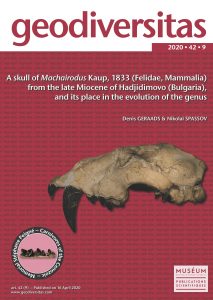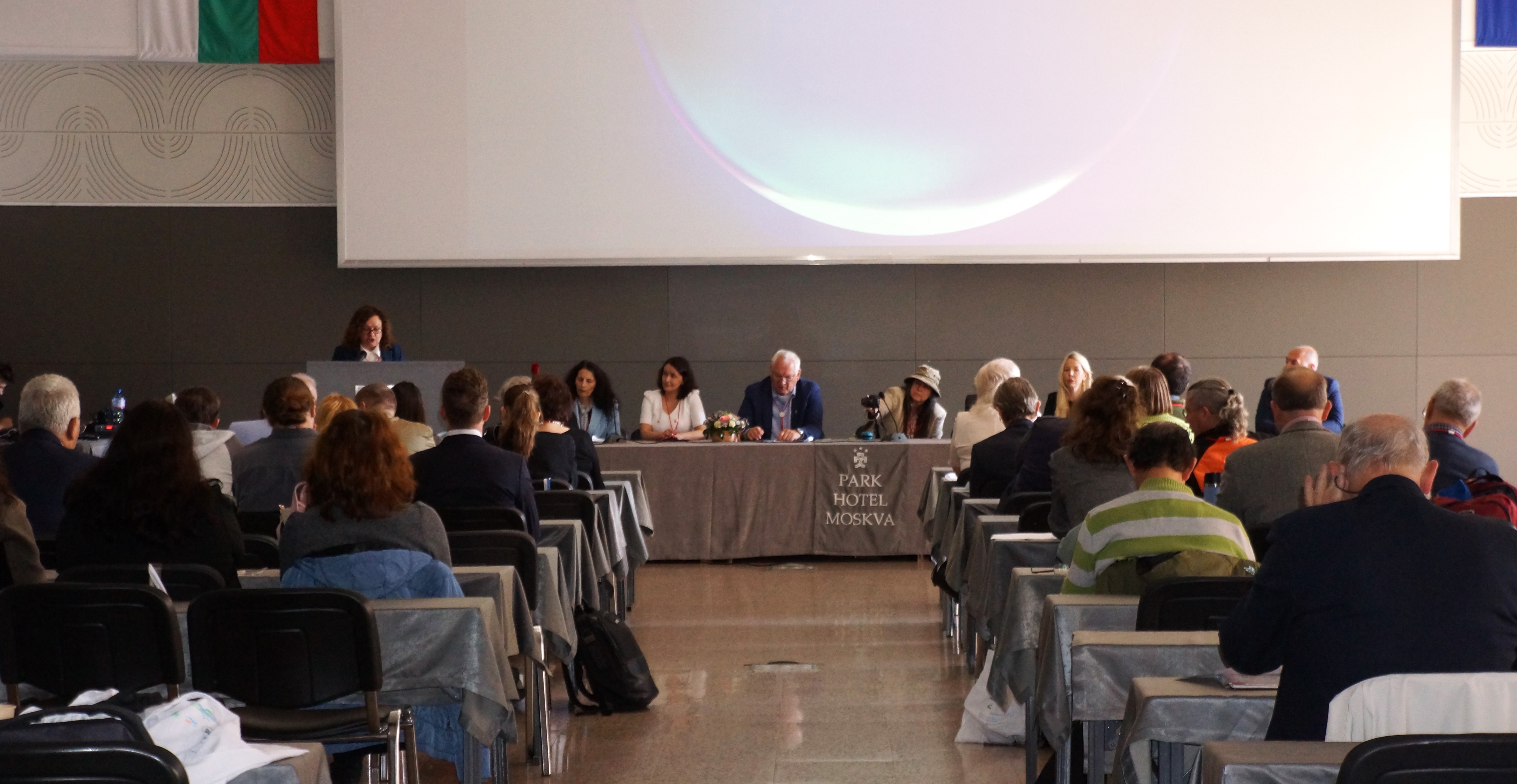 The detailed description was published on 16 April 2020 by Prof. Denis Geraads of the National Museum of Natural History in Paris and Prof. Nikolay Spassov of the National Museum of Natural History at BAS in the renowned palaeontological journal Geodiversitas.
The detailed description was published on 16 April 2020 by Prof. Denis Geraads of the National Museum of Natural History in Paris and Prof. Nikolay Spassov of the National Museum of Natural History at BAS in the renowned palaeontological journal Geodiversitas.
http://sciencepress.mnhn.fr/en/periodiques/geodiversitas/42/9
 The skull of which the description was made is one of the best preserved in the world. It was discovered in the 1980s by teacher Dimitar Kovachev during excavations at the palaeontological site near the village of Hadzhidimovo, together with his students from the high school in Asenovgrad. Today, the unique skull is stored at the “Dimitar Kovachev” Palaeontological Museum in Asenovgrad, a branch of the National Museum of Natural History at BAS. http://www.nmnhs.com/palaeontological-museum-in-asenovgrad-bg.html
The skull of which the description was made is one of the best preserved in the world. It was discovered in the 1980s by teacher Dimitar Kovachev during excavations at the palaeontological site near the village of Hadzhidimovo, together with his students from the high school in Asenovgrad. Today, the unique skull is stored at the “Dimitar Kovachev” Palaeontological Museum in Asenovgrad, a branch of the National Museum of Natural History at BAS. http://www.nmnhs.com/palaeontological-museum-in-asenovgrad-bg.html
Machairodus is one of the most famous fossil animals, impressing with its huge upper canine teeth, for which it is often called the saber-toothed tiger. Scientists are still arguing, including in the scientific paper presented here, about exactly what the function of these teeth was to a giant cat beyond the size of a modern lion. Until now, remains of different types of Machairodus have been described from the late Miocene of Eurasia and Africa.
Scientists used state-of-the-art methods, including computed tomography, to study the fossil skull. The description of the skull, its comparison with other saber-toothed cats and the analyses made are a new contribution to the study of the systematics, evolution and way of life of Machairoda and the place of these predators in the ancient biocenosis of the late Miocene.
This 42 issue of the journal Geodiversitas is dedicated to the memory of the famous French paleontologist Stéphane Peigné.





